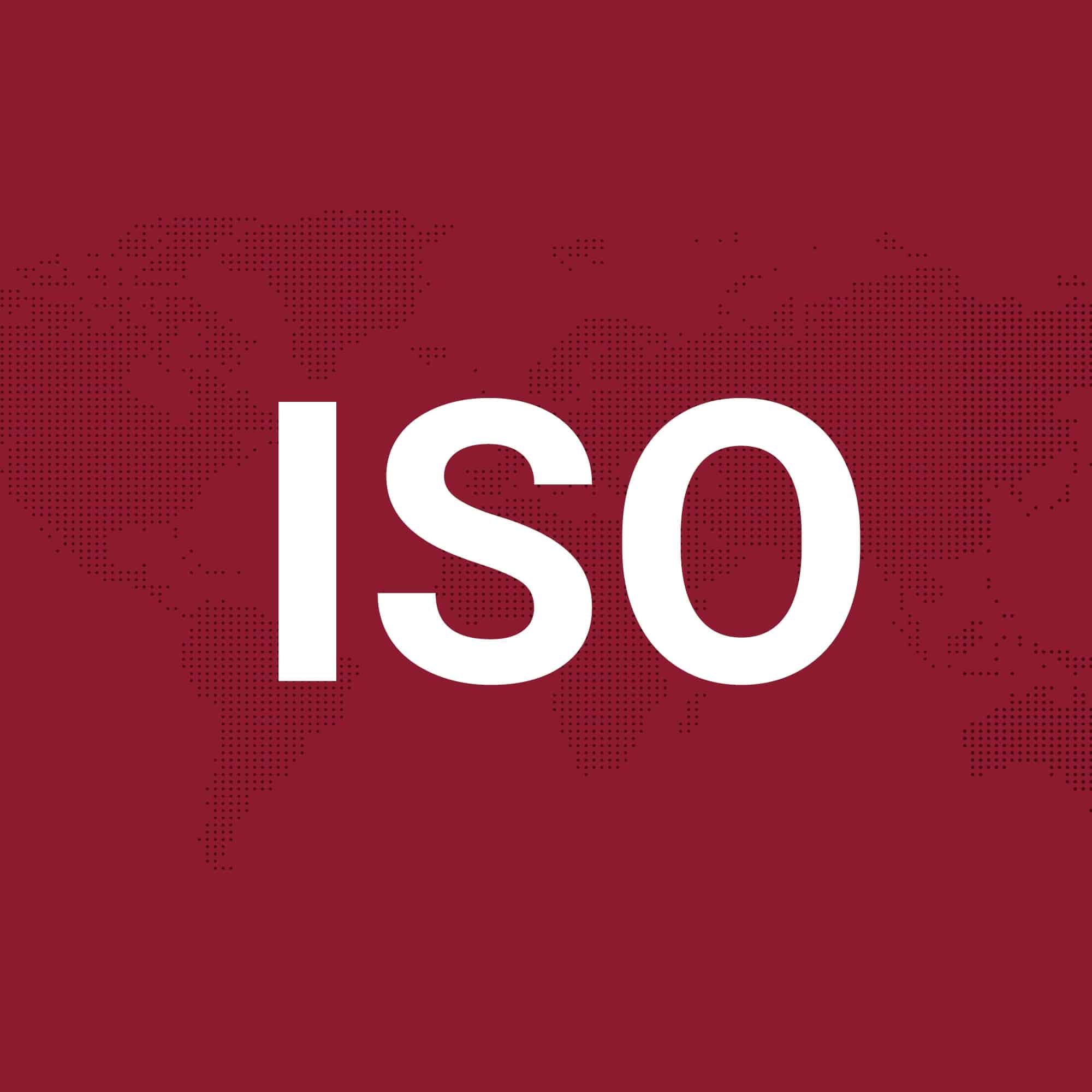ISO 15874-5 outlines testing procedures for polypropylene piping systems used in hot and cold water installations. It focuses on verifying system durability, pressure resistance, joint integrity, and leak tightness under real conditions to ensure compliance with international performance standards.

Overview of the standard
ISO 15874-5 is part of the international standard series that specifies the requirements and test methods for polypropylene (PP) piping systems used for hot and cold water installations. This part of the standard, ISO 15874-5, specifically addresses the fitness for purpose of the piping system assembled from components according to ISO 15874-1 through ISO 15874-4. It defines the procedures and criteria for testing the long-term performance, pressure resistance, and functional reliability of complete piping systems under normal use conditions.
Details and compliance criteria
ISO 15874-5 establishes the guidelines for system performance testing by combining mechanical, thermal, and hydraulic challenges to the assembled piping network. Tests are structured to reflect real-world operating variables, such as sustained high temperature, pressure variations, and components’ aging processes. Systems are assessed for resistance to internal pressure over specified time intervals, hydrostatic pressure cycling, and thermal cycling, with the results compared against minimum performance benchmarks laid out by the standard. Non-compliance indicates insufficient durability or reliability for intended use.
Passing the specified tests signifies that the system, as installed or assembled, meets the level of mechanical integrity and safety agreed upon for drinking water or heating applications, giving manufacturers, project specifiers, and end-users clear assurance of performance under practical conditions.
Test methods within the standard
Test methods prescribed in ISO 15874-5 include both laboratory and in-situ assessment protocols, modeled to reflect potential stressors during a piping system’s lifetime. For example, pressure testing is performed at elevated temperatures for defined durations, while thermal cycling exposes joints and assemblies to repeated temperature shifts to simulate years of service. Component leak-tightness and the strength of the system’s weakest points—typically the joints—are emphasized throughout the testing protocols to verify overall system performance.
Takeaway
ISO 15874-5 is a comprehensive standard that ensures that polypropylene piping systems are thoroughly evaluated for their intended use in hot and cold water installations. Robust testing methods provide stakeholders confidence in the system’s long-term integrity and functional capacity.
Preparations for system evaluation
When preparing to implement ISO 15874-5 testing in a laboratory, it is important to assemble the complete polypropylene piping system—including pipes, fittings, and joints—using recommended installation practices. All materials used must conform to ISO 15874-1 through ISO 15874-4 to be eligible for ISO 15874-5 testing. Careful documentation of each component’s dimensions, markings, and batch identification is necessary, as this information will be referenced throughout the test process.
Setting up the test equipment
The laboratory must be equipped with hydrostatic pressure test rigs, thermal cycling chambers, and devices for monitoring temperature, pressure, and possible leaks. All instrumentation should be calibrated and in accordance with prescribed tolerances specified by the standard.
Conducting the required test procedures
Begin with hydrostatic pressure testing: Subject the system to a series of pressure cycles at predetermined temperature points (for example, 20°C, 60°C, and 95°C as specified by the standard). Monitor the assembly for leak occurrences, deformations, or failures during each cycle. Next, perform thermal cycling, exposing the system alternately to hot and cold water flow to simulate operational stresses over time. Measurement and observation data should be logged for every stage, especially any decrease in system integrity or tightness. If a system component fails, it should be documented and analyzed according to the failure type described in the standard.
Completion and documentation of results
After all required tests are completed, results must be compared with the minimum criteria outlined in ISO 15874-5. This includes assessment of leaks, pressure loss, or visible damage. The findings should be systematically compiled into a report, accompanied by supporting data such as graphs, photos, and logs, as required.
Reporting to relevant parties
The final stage involves delivering the test report and certification documentation to relevant stakeholders, such as manufacturers, certifying bodies, or project specifiers. In some cases, follow-up or third-party verification may be required before products can be marked as compliant with ISO 15874-5 or accepted for market release. Maintaining a detailed archive of all records is important for audit, quality control, and traceability.
Summary
Implementing ISO 15874-5 in a laboratory requires detailed setup, accurate test execution, and thorough documentation to ensure piping systems meet international performance requirements for hot and cold water installations.
We are at your disposal for any questions, comments and suggestions. We look forward to hearing from you.
Feel free to contact us using the contact form below.
We strive to answer all inquiries within 24 hours (on working days).